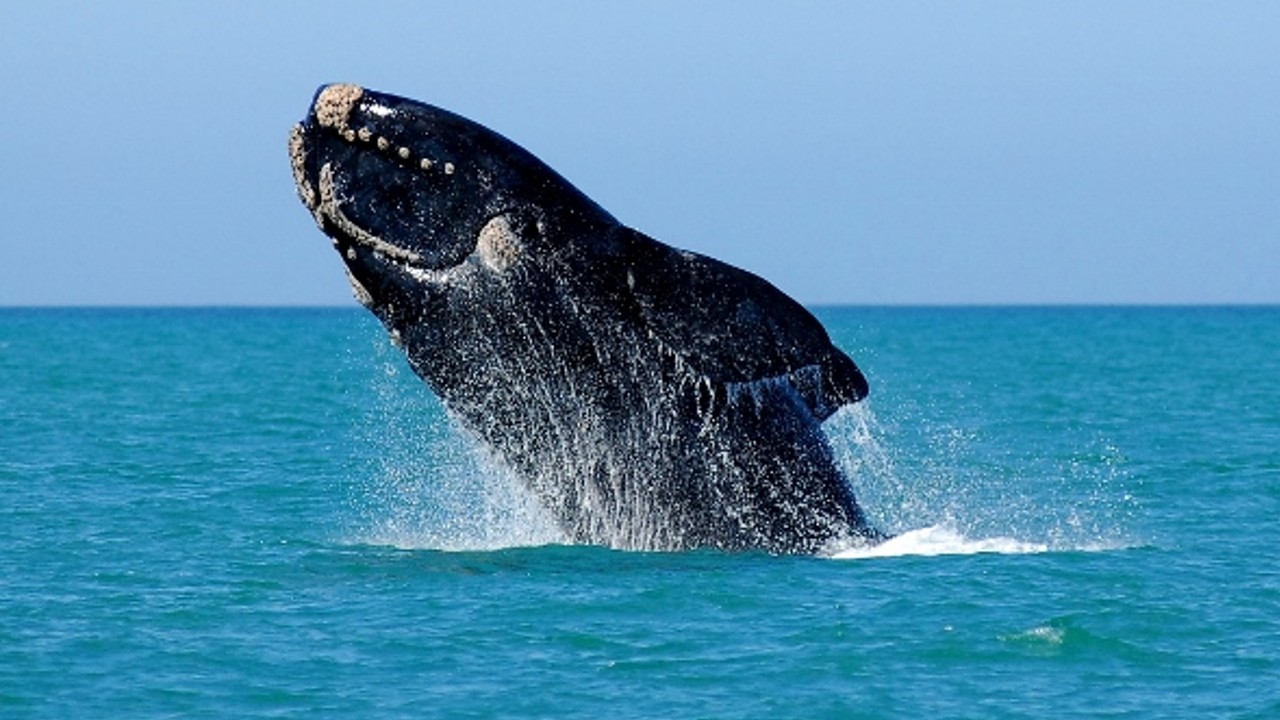Photos shared on Facebook and a social media app called iNaturalist helped scientists discover the population and migration pattern of the southern right whale, one of the rarest whale species.
Our world today digital age or the internet age. Most of the people now live their social lives in this virtual world. Social media As a result of the increase in platforms and messaging applications, people now prefer messaging and spending time in social media applications instead of talking on the phone or meeting face to face.
There are also benefits of social media, which has negative effects on people’s mental and physical health in terms of both social life and physical life. As you know, many users on social media share photos of everything from flowers they see to food they eat. Scientists managed to find a way to benefit from these shares.
Even a tiny bit in the photo helped discover the whale species
A study conducted in collaboration with the Department of Conservation and published in the journal Ocean & Coastal Management succeeded in shedding light on research on rare whale species. Particularly promising results have emerged regarding southern right whales (Eubalaena australis) seen in the Southern Hemisphere.
It turns out that endangered whale species are starting to recover surprisingly. The research team states that they encountered many southern right whales in the shared photos. Moreover, thanks to these how long whales may have lived in which region have been reported to discover. Even a remote photograph showing only a fraction of the whales could help, the researchers say.
Ten years of social media data reviewed

The team of the research team has a so-called callus, which is located only in the head of a whale. from white spotsfinless from their straight backs and even one of the great paddle-shaped pectoral fins. that the southern right whale can be distinguished explained. However, in order to do this, all social media data over a 10-year period were examined.
Facebook and on iNaturalist captured over 11 years (2011-2021) in waters around mainland New Zealand, including the islands of the North (Te Ika a Māui), South (Te Waipounamu) and Stewart (Rakiura) your 116 photos detailed investigations were carried out.
RELATED NEWS
Endangered Whales Can Be Saved With The Help of Robots: So How?
worldwide population to 500 It has been announced that the full population of the southern right whales, which has fallen as low as possible, can be learned and their numbers are increasing. In addition, thanks to the photos shared from different regions, the whales migration routes can also be examined easily. The research team made it easy to photograph many creatures, including southern right whales. the presence of these creatures near land as explains. In this way, tens or even hundreds of photos are taken by people, and they can assist researchers in new research.
